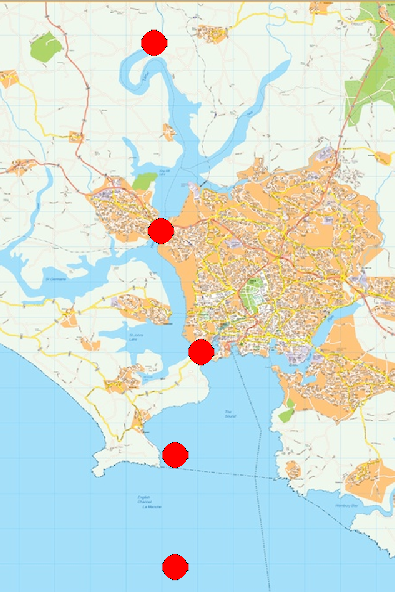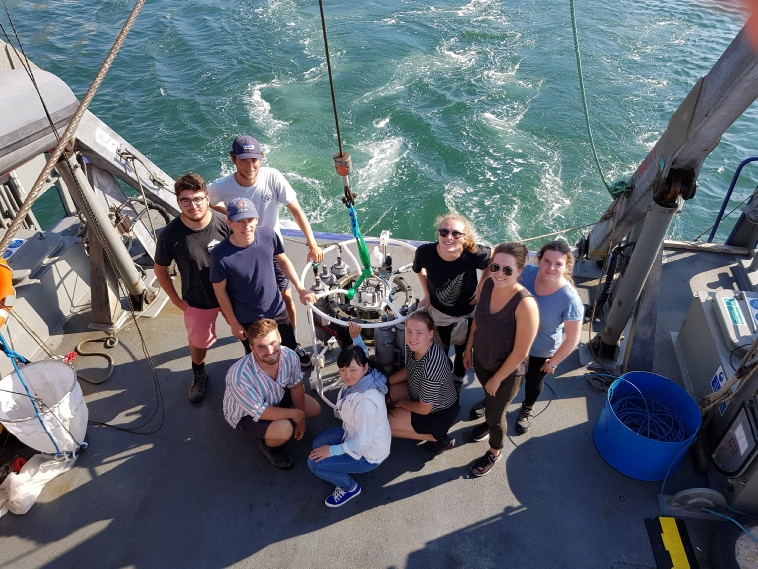



 Back to Top
Back to Top




Joe Dennison
Msci Marine Biology
Oli Taylor
Msci Marine Biology
Oli Taylor
Bsc Marine Biology
Anna Marshall
Msci Marine Biology
Olivia Jackson
Msci Marine Biology
Helen Waghorne
Msci Marine Biology
Ella Hockings
Msci Marine Biology
Le Lui
Bsc Oceanography
Tom Woodhouse
Msci Marine Biology
Olly Matthews
Msci Oceanography
One of the main reasons we ventured to Plymouth to undertake our research is due to the presence of multiple marine protected areas within the surrounding waters of this historic city. Marine protected areas are a key management tool in reducing the decline in the biodiversity around our shores, by restricting the damaging human activities able to affect species. Much of the surrounding Plymouth coastline is secured by these protected areas, allowing us to analyse an environment which has not had extensive damage incurred by human influence.
Over many years there have been a plethora of human impacts which have impacted the marine life which lives in and around Plymouth harbour, leading to the increasing need for marine protected areas to be instated. The introduction and increasing boom of the use of Tributyl Tin (TBT) which is used as an antifoulant on the underside of yachts, caused huge environmental damage to the marine life it encounters due to it being a biocide, therefore causing a requirement to introduce a protected area in Plymouth Sound [1].
Processes like dredging, which are ongoing, have also been known to reduce the biodiversity of the species found in the Tamar estuary and therefore it is vital that we ensure the protected are and continue to research here to monitor the changes over time [2].
A focal point of our studies here in Plymouth was the Tamar estuary. This estuary, like the surrounding shores of Plymouth is protected as a Site of Special Scientific Interest (SSSI) due to its huge biodiversity and varying habitats as well as the special interest in its marine biology, hence it being the site of our research. The estuary like the rest of Plymouth Sound is vulnerable to anthropogenic impact and therefore has been given this protected status. The Tamar estuary is a drowned steep sided river valley (known as a ria) where it was partially flooded around 10,000 years ago during the flandrian transgression [3]. The waters of the Plymouth Sound are variable within the summer months with the inshore waters being dominated by a halocline, whilst further offshore the dominance shifts towards a thermal stratification, as seen in our depth profiles shown later.

The views and opinions expressed in this website are that of individuals and do not represent the views of the University of Southampton
